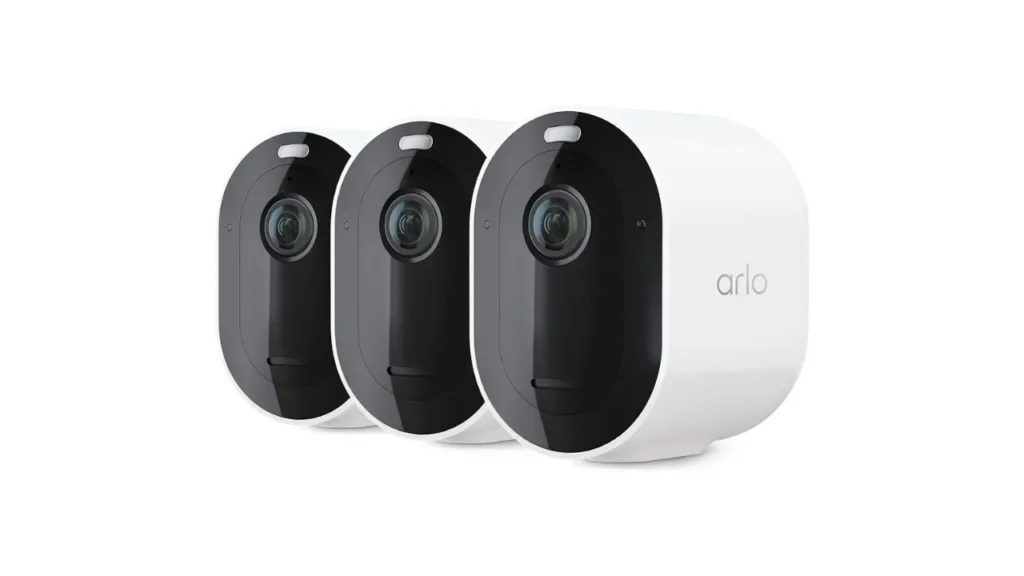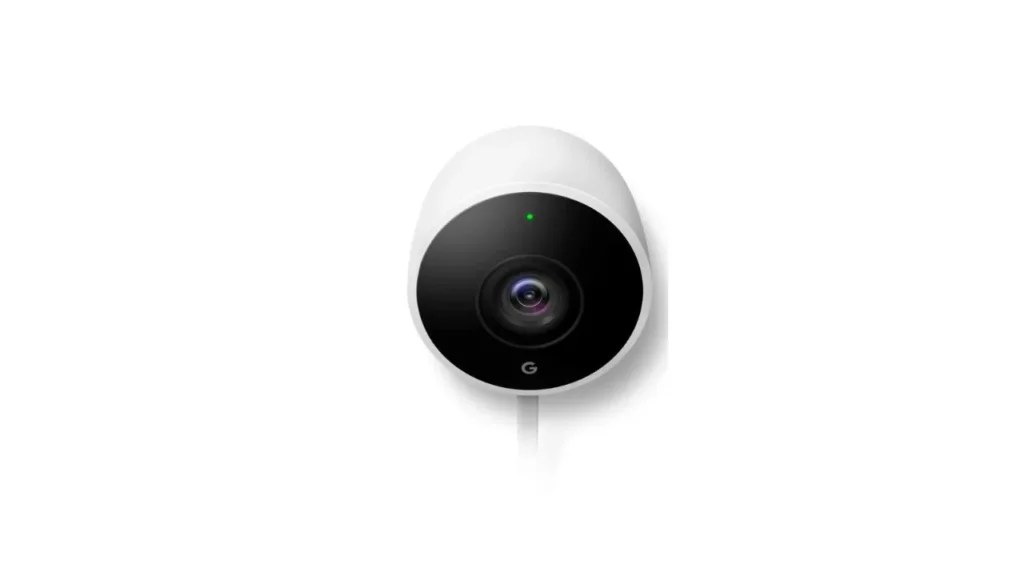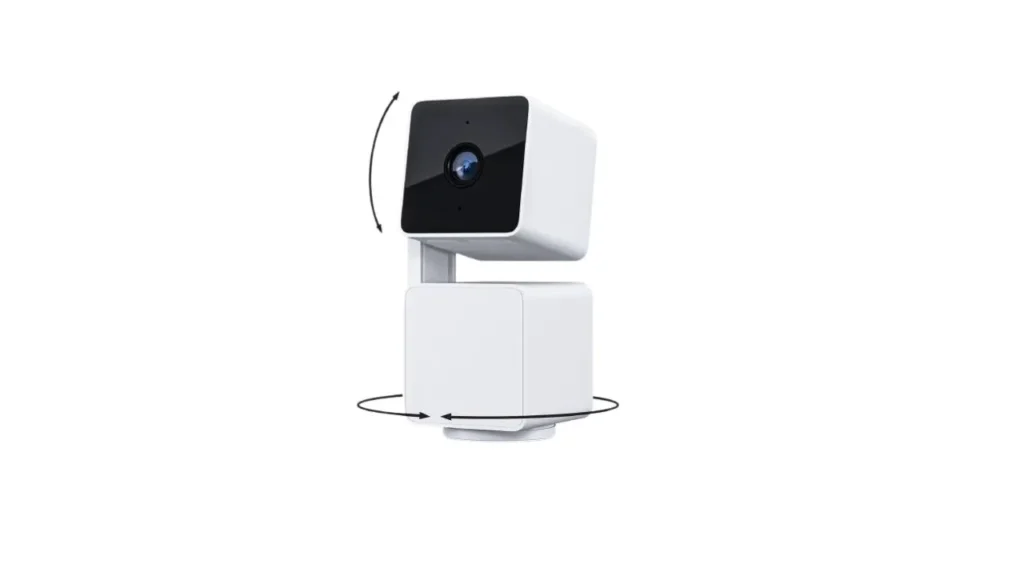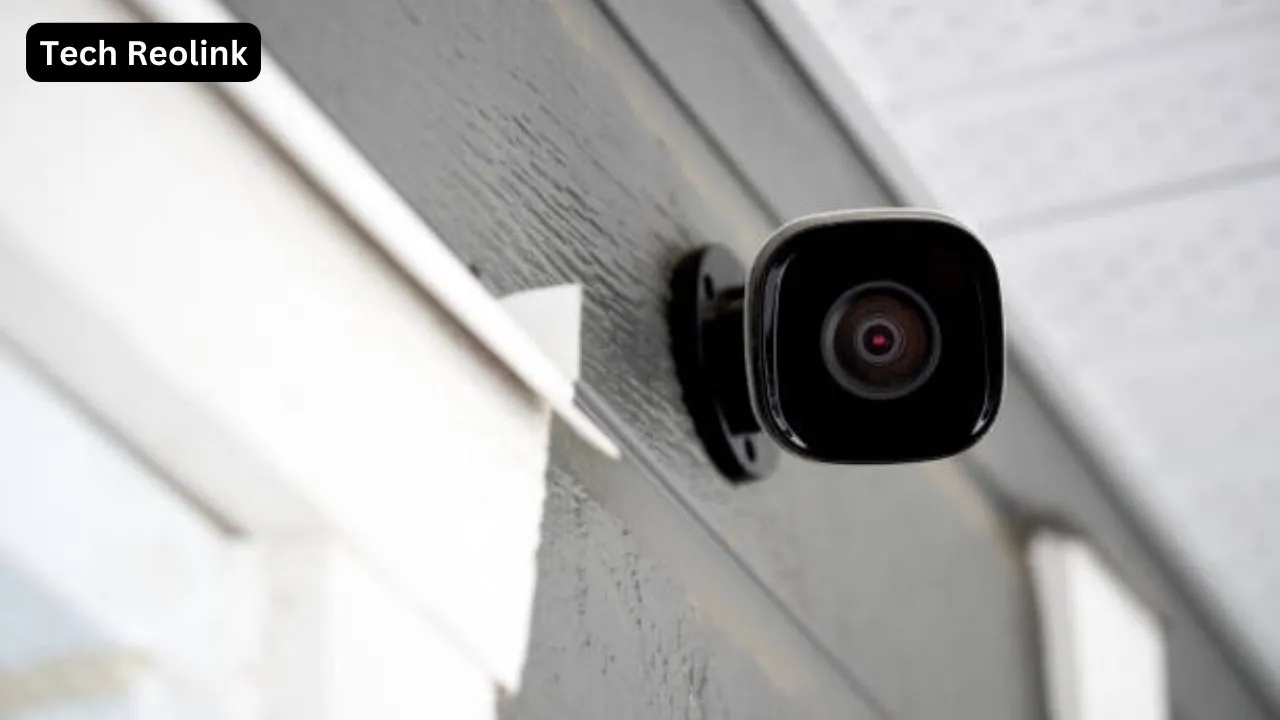Wireless security cameras work by using Wi-Fi to send video without needing cables. They’re like high-tech eyes that keep watch over an area. Utilizing unique technology, these intelligent cameras notice movement and can see in the dark. The video they capture is sent through Wi-Fi to be seen in real-time or stored for later. This makes them super easy to set up and use. So, if you want a simple and effective way to keep an eye on things, wireless security cameras are the way to go!
What Are Wireless Security Cameras?
Wireless security cameras are surveillance devices that use Wi-Fi technology to transmit video and audio data without physical cables. These cameras have built-in sensors for detecting motion and often have night vision capabilities. They capture footage and wirelessly share it to a monitoring system or store it in the cloud for later access. The absence of cumbersome wires makes these cameras easy to install and reposition as needed. They provide a convenient and effective solution for monitoring and securing spaces, offering flexibility and advanced features for modern surveillance needs.
How Do Wireless Security Cameras Work
Wireless security cameras work by using Wi-Fi to transmit video and audio signals. These cameras have built-in sensors that detect motion or other triggers. When an event is detected, the camera captures footage and wirelessly sends it to a receiver or a cloud-based storage system. The Wi-Fi connection enables real-time monitoring or allows users to access recorded footage remotely. Some wireless cameras have features like night vision, ensuring visibility in low-light conditions. The key components include the camera, motion sensors, Wi-Fi connectivity, and storage, providing a flexible and cable-free solution for surveillance and security.
Wired Vs. Wireless Security Cameras
The choice between wired and wireless security cameras hinges on specific needs and preferences. Wired cameras connect to a recording device via cables, ensuring a stable and reliable connection. They’re typically more robust but require professional installation due to wiring complexities.
On the other hand, wireless security cameras use Wi-Fi to transmit data, offering flexibility in placement and simplified installation. They’re user-friendly but susceptible to signal interference and potential connectivity issues.
Wired cameras excel in reliability, while wireless ones prioritize convenience. Ultimately, the decision rests on factors like installation ease, budget, and the desired level of dependability for a tailored security solution.
Does A Wireless Security Camera Need Internet?
Yes, wireless security cameras typically require an internet connection to function. They use Wi-Fi to transmit video and audio data to a monitoring system or cloud storage. The internet connection allows for real-time monitoring and remote access to recorded footage. While some cameras may operate on a local network without internet, the full functionality and remote capabilities are best achieved when connected to the internet. It’s essential to ensure a stable and secure internet connection for optimal performance of wireless security cameras.
Are Wireless Cameras Connected To Wi-Fi?
Yes, wireless cameras are connected to Wi-Fi. They use Wi-Fi technology to transmit video and audio data without the need for physical cables. This wireless connection allows the cameras to communicate with a monitoring system, a recording device, or cloud storage. It provides the flexibility to install the cameras in various locations without the constraints of wired connections. The Wi-Fi connectivity enables real-time monitoring and remote access to the camera’s feed, enhancing the convenience and functionality of wireless security cameras.
Benefits & Limitations Of Wireless Cameras
Benefits of Wireless Cameras:
Easy Installation: Wireless cameras are user-friendly and require minimal installation effort compared to wired counterparts. This makes them suitable for individuals who prefer a do-it-yourself approach.
Flexibility: Wireless cameras provide flexibility in terms of placement. They are not constrained by the need for physical cables, allowing users to position them in various locations based on security needs.
Remote Access: The Wi-Fi connectivity of wireless cameras enables users to access live feeds or recorded footage remotely. This feature is especially valuable for homeowners and business owners who want to monitor their property while away.
Scalability: Expanding a surveillance system with wireless cameras is relatively easy. Users can add additional cameras to enhance coverage without extensive rewiring.
Portability: Some wireless cameras are designed to be portable, allowing users to move them quickly to different locations. This adaptability is helpful for temporary surveillance needs or changing security priorities.
Limitations of Wireless Cameras:
Signal Interference: Wireless cameras can experience signal interference from other electronic devices or physical obstacles. This interference may result in degraded video quality or disruptions in the connection.
Power Dependency: These cameras still require a power source despite being wireless. This can be in the form of batteries or a wired connection. Continuous operation is dependent on a stable power supply.
Security Concerns: Wireless systems may be susceptible to hacking or unauthorized access if not adequately secured. Implementing strong encryption and security measures is crucial to prevent potential breaches.
Bandwidth Usage: Streaming video over Wi-Fi consumes bandwidth. This can impact internet speed and performance in households or businesses with multiple connected devices.
Limited Range: The effective range of wireless cameras is determined by the strength of the Wi-Fi signal. In more significant properties or areas with obstacles, the signal range may be limited, affecting the coverage of the surveillance system.
Read More: Ultimate Guide About Apartment Security Camera Laws For Tenants
Components of a Wireless Security System
Control Panel: The control panel is the central hub of the wireless security system. It communicates with all other components and often includes a keypad for arming/disarming the system.
Sensors: Wireless security systems use various sensors to detect unauthorized entry or other security breaches. Common types of sensors include:
-
- Door and Window Contacts: These sensors are placed on doors and windows to detect when they are opened or closed.
- Motion Detectors: These sensors detect motion within a designated area and trigger an alarm if movement is detected when the system is armed.
- Glass Break Sensors: These sensors detect the sound frequency of breaking glass and trigger an alarm.
- Smoke and Carbon Monoxide Detectors: Some wireless security systems include smoke and carbon monoxide detectors for added safety.
Siren or Alarm: An audible alarm or siren is activated when a security breach is detected. This alerts occupants and deters intruders.
Key Fobs or Remote Controls: These devices allow users to arm or disarm the security system remotely without using the control panel keypad.
Security Cameras: Wireless security systems may include indoor or outdoor cameras for video surveillance. These cameras can be accessed remotely via a smartphone or computer for live viewing and recording.
Wireless Communication: Wireless security systems rely on wireless communication technology, such as Wi-Fi or cellular networks, to transmit signals between components and to a monitoring station if applicable.
Monitoring Service (Optional): Some wireless security systems offer professional monitoring services for an additional fee. In the event of an alarm, the monitoring station is notified and can dispatch emergency services if needed.
Smart Home Integration: Many modern wireless security systems offer integration with smart home devices and platforms, allowing users to control their security system alongside other connected devices.
By incorporating these components, wireless security systems provide effective protection for homes and businesses against various security threats.
Best Wireless Security Cameras
Arlo Pro 4:

Key Features: High-quality video, wire-free design.
Advanced Features: Color night vision, two-way audio, and compatibility with smart home systems.
Notable Strength: Excellent performance and reliability.
Google Nest Cam Outdoor:

Key Features: Weatherproof design, seamless integration with the Google ecosystem.
Advanced Features: High-resolution video, intelligent alerts, and continuous recording with a Nest Aware subscription.
Notable Strength: Smart integration with other Google Nest devices.
Ring Stick-Up Cam Battery:
Key Features: Battery-powered for versatility, two-way audio, customizable motion zones.
Advanced Features: Works with Ring’s extensive ecosystem, including doorbells and security lights.
Notable Strength: Quick and easy setup, making it user-friendly.
Wyze Cam Outdoor:

Key Features: Affordable price point, weather-resistant design.
Advanced Features: Motion detection, night vision, free cloud storage.
Notable Strength: Exceptional value for money.
Blink Outdoor:
Key Features: Budget-friendly, long-lasting battery life.
Advanced Features: Motion detection, temperature monitoring.
Notable Strength: Wireless and easy to install, making it suitable for various outdoor settings.
EufyCam 2C:

Key Features: Long-lasting battery life, 1080p resolution.
Advanced Features: Human detection, customizable activity zones.
Notable Strength: Strong battery performance and reliable video quality.
How To Install Wireless Security Cameras
Installing wireless security cameras is generally straightforward. Here’s a general guide:
Materials Needed:
- Wireless security camera system
- A power source (batteries or wired power)
- Wi-Fi network details
- Smartphone or computer for setup
Steps:
Choose Camera Locations:
Identify areas to monitor. Consider entry points, vulnerable areas, and the camera’s field of view.
Power Up the Cameras:
Charge or insert batteries if your cameras are battery-powered. If they require a power source, ensure they are connected.
Connect to Wi-Fi:
Follow the manufacturer’s instructions to connect each camera to your Wi-Fi network. This often involves using a mobile app or a computer.
Position Cameras:
Mount or place the cameras in the chosen locations. Adjust the angle to capture the desired field of view.
Secure Mounting:
If mounting outdoors, ensure the cameras are weatherproof. Use appropriate screws and mounts to secure them in place.
Adjust Settings:
Access the camera settings via the app or computer—Configure preferences such as motion detection sensitivity, recording modes, and alerts.
Test the System:
Verify that each camera is capturing and transmitting footage correctly. Test the live feed and ensure the motion detection is working.
Install Additional Features (Optional):
Some systems may offer additional features like cloud storage, remote access, or integration with smart home devices. Set up and configure these as needed.
Monitor and Maintain:
Regularly check the camera system for proper functioning. Ensure batteries are charged, or power connections are secure.
Tips:
- Place cameras at eye level for clear facial identification.
- Consider the camera’s range and ensure it covers the desired area.
- Secure passwords for your camera system to prevent unauthorized access.
- Follow manufacturer guidelines for any specific instructions related to your camera model.
Always refer to the specific instructions provided by the manufacturer for your wireless security camera system, as the installation process may vary.
Read More: How Do Blink Security Cameras Work? Step-by-Step Guide
Conclusion
In conclusion, wireless security cameras utilize Wi-Fi for cable-free video transmission, providing convenient surveillance solutions. These cameras offer intelligent monitoring capabilities, with motion sensors and night vision. Their easy setup and portability make them user-friendly for diverse applications. However, signal interference, power dependency, and security concerns are limitations. Choosing between wired and wireless cameras depends on preferences, with wired cameras offering reliability and wireless cameras emphasizing convenience. Notably, an internet connection is typically required for optimal functionality. Top wireless models like Arlo Pro 4 and Nest Cam Outdoor showcase advanced features, enhancing security efficacy. The installation involves strategic placement, Wi-Fi connection, and adjusting settings for efficient monitoring.
FAQs
What are wireless security cameras?
Wireless security cameras use Wi-Fi to transmit video and audio data without cables, featuring motion sensors and night vision for surveillance needs.
How do wireless security cameras work?
Wireless security cameras detect motion using built-in sensors, capture footage, and transmit it wirelessly via Wi-Fi for real-time monitoring or cloud storage access.
Does a wireless security camera need the Internet?
Yes, wireless security cameras typically require an internet connection for optimal functionality, enabling real-time monitoring and remote access to recorded footage.
